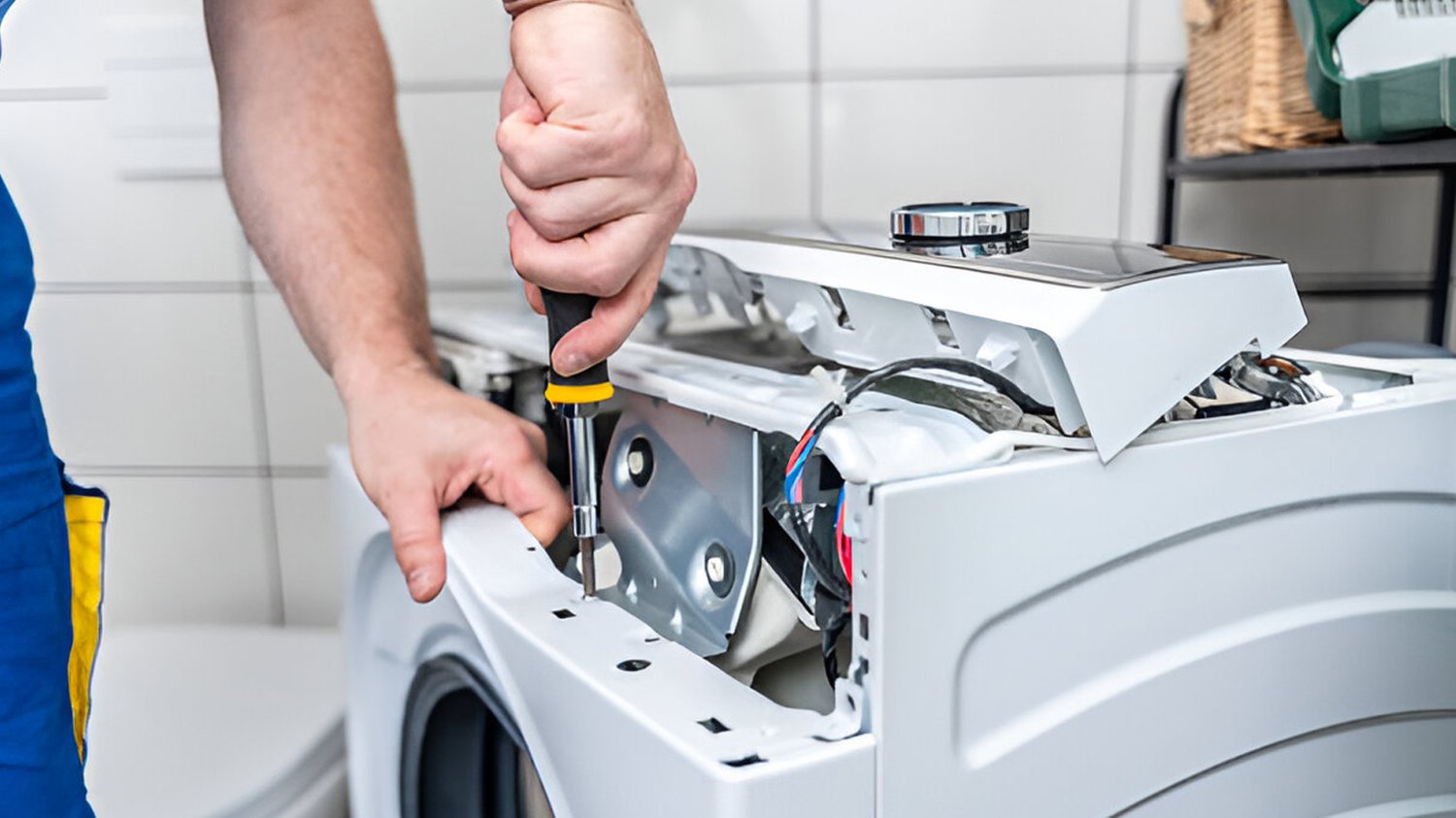Regular Maintenance: Crucial Washing Machine Parts to Check
Washing machines have become an indispensable part of our daily lives. They make doing laundry much easier and faster. However, if not regularly maintained, they can also become a source of trouble. Regular maintenance is crucial to ensure that your washing machine remains in good working condition for a long time. In this article, we will discuss the crucial washing machine parts that you need to check regularly.
The Drain Hose
The drain hose is an important part of your washing machine. It is responsible for draining the water out of the machine after a wash cycle. If there is a clog in the drain hose, it can cause water to overflow and damage your floors. To prevent this from happening, you need to check the drain hose regularly. If you notice any cracks or leaks, replace the hose immediately.
The Water Inlet Valve
The water inlet valve is responsible for controlling the water flow into the machine. If it is faulty, it can cause either too much or too little water to flow into the machine. This can affect the quality of the wash and damage the machine over time. To check the water inlet valve, turn off the water supply to the machine and remove the hoses connected to it. Check for any debris or mineral deposits on the valve. If you notice anything, clean it with a brush or replace the valve.
The Drive Belt
The drive belt is responsible for rotating the drum of the washing machine. If it is worn or damaged, it can cause the drum to stop spinning or make loud noises during operation. To check the drive belt, unplug the machine and remove the back panel. Inspect the belt for any signs of wear and tear. If it looks damaged, replace it immediately.
The Agitator
The agitator is responsible for circulating the water and detergent in the machine, ensuring that your clothes are properly cleaned. If it is not functioning properly, it can cause the clothes to come out poorly washed. To check the agitator, remove the cap from the top of the agitator and unscrew the bolt underneath. Lift the agitator out of the machine and inspect it for any damage or wear. If it is damaged, replace it immediately.
The Bearings
The bearings are responsible for supporting the drum of the washing machine. If they are worn or damaged, they can cause the drum to make loud noises during operation. To check the bearings, turn off the machine and remove the back panel. Spin the drum by hand and listen for any unusual noises. If you hear any, the bearings need to be replaced.
The Pump Filter
The pump filter is responsible for filtering out any debris from the water before it is drained out of the machine. If it becomes clogged, it can cause the machine to stop working or damage the pump. To check the pump filter, refer to the user manual for instructions on how to access it. Clean the filter regularly to prevent any clogs.
The Detergent Dispenser
The detergent dispenser is responsible for releasing the detergent into the machine during a wash cycle. If it is clogged, it can cause the detergent to not properly distribute, affecting the quality of the wash. To check the detergent dispenser, remove it from the machine and clean it thoroughly with warm water and a mild detergent.
The Drum
The drum is where your clothes are washed. If there is any buildup of dirt or debris in the drum, it can affect the quality of the wash. To clean the drum, run an empty wash cycle with hot water and a cup of white vinegar. This will help to remove any buildup and odors.
The Control Panel
The control panel is responsible for controlling the various functions of the washing machine. If it is not functioning properly, it can cause the machine to stop working altogether. To check the control panel, refer to the user manual for instructions on how to troubleshoot it. If the issue cannot be resolved, contact a professional for repairs.
The Door Seal
The door seal is responsible for preventing water from leaking out of the machine during a wash cycle. If it is worn or damaged, it can cause water to leak out and damage your floors. To check the door seal, inspect it for any cracks or tears. If you notice any damage, replace it immediately.

